Wild Rabbit Species
Wild Rabbit Species. Familiar domestic rabbits inhabit our hutches, but there are other interesting species of wild rabbits and hares living around the world. Here is a list of most of these wild hare and rabbit species around the globe.
Wild Rabbits and Hares in North America
Cottontail Rabbits
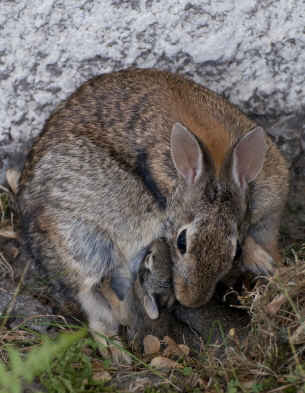 North American Cottontail Rabbit with 2.5-week-old kits.
North American Cottontail Rabbit with 2.5-week-old kits.Cottontails are among the most common wild rabbits in North America. They reside in almost all of North America, but are more common in the central and midwestern parts of America. Many can also be found in the northern and central parts of South America. Cottontails are mostly gray and brown in appearance, and are named after their classic white tail.
There are eight different breeds of cottontails, each residing in different environments and regions of America. Among these are the Desert Cottontail, Eastern Cottontail, New England Cottontail, the Brush Rabbit, and Swamp Rabbit.
Jackrabbits
Jackrabbits are some of the most interesting looking hares. With tall limbs, lanky body, large feet and long ears, they are well equipped to run extremely fast to escape predators. In fact, they can motor at 37 mph.
Blacktailed Jackrabbits are able to run within a few hours after birth.
Their cousins, the White-tailed Jackrabbits are mostly nocturnal, which they adapted in order to escape birds of prey during the day.
Another notable breed is the Antelope Jackrabbit, whose enormous ears enable it to hear predators approaching from long distances and also keep them from overheating during the hot summers of Arizona and Mexico.
Snowshoe Hare
Snowshoe hares are broadly distributed across the snowy reaches of Alaska and Canada. Most have white fur and shorter ears as a result of adapting to their environment. Their white fur allows them to blend in with the snow, although some breeds, such as the Snowshoe Hare, become brown during the summer.
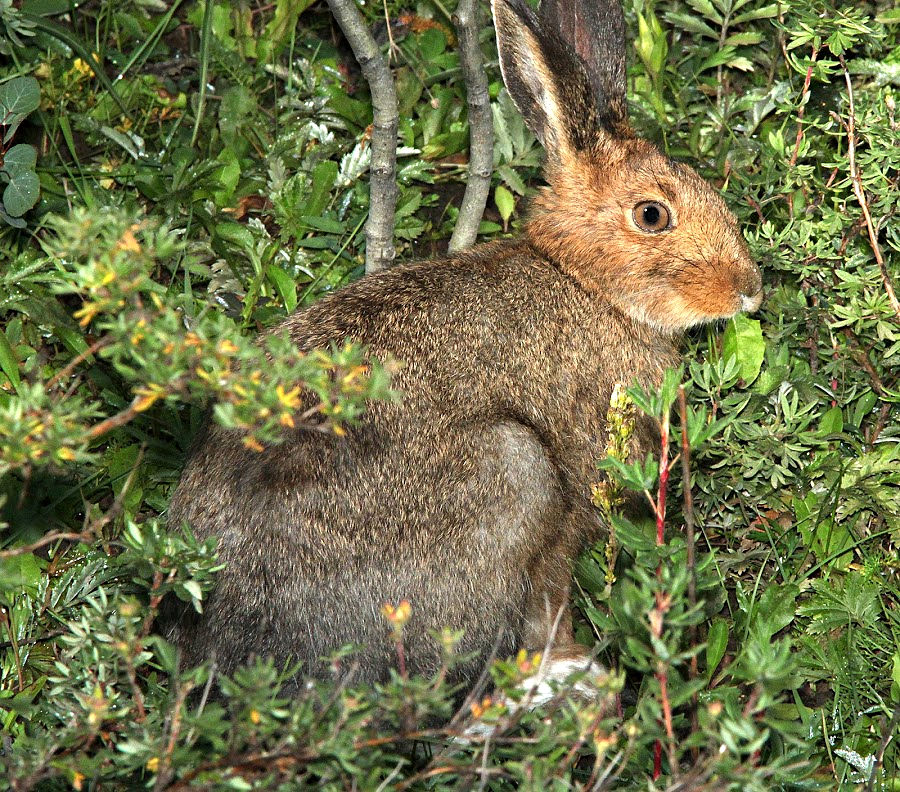 Snowshoe Hare in summertime*
Snowshoe Hare in summertime*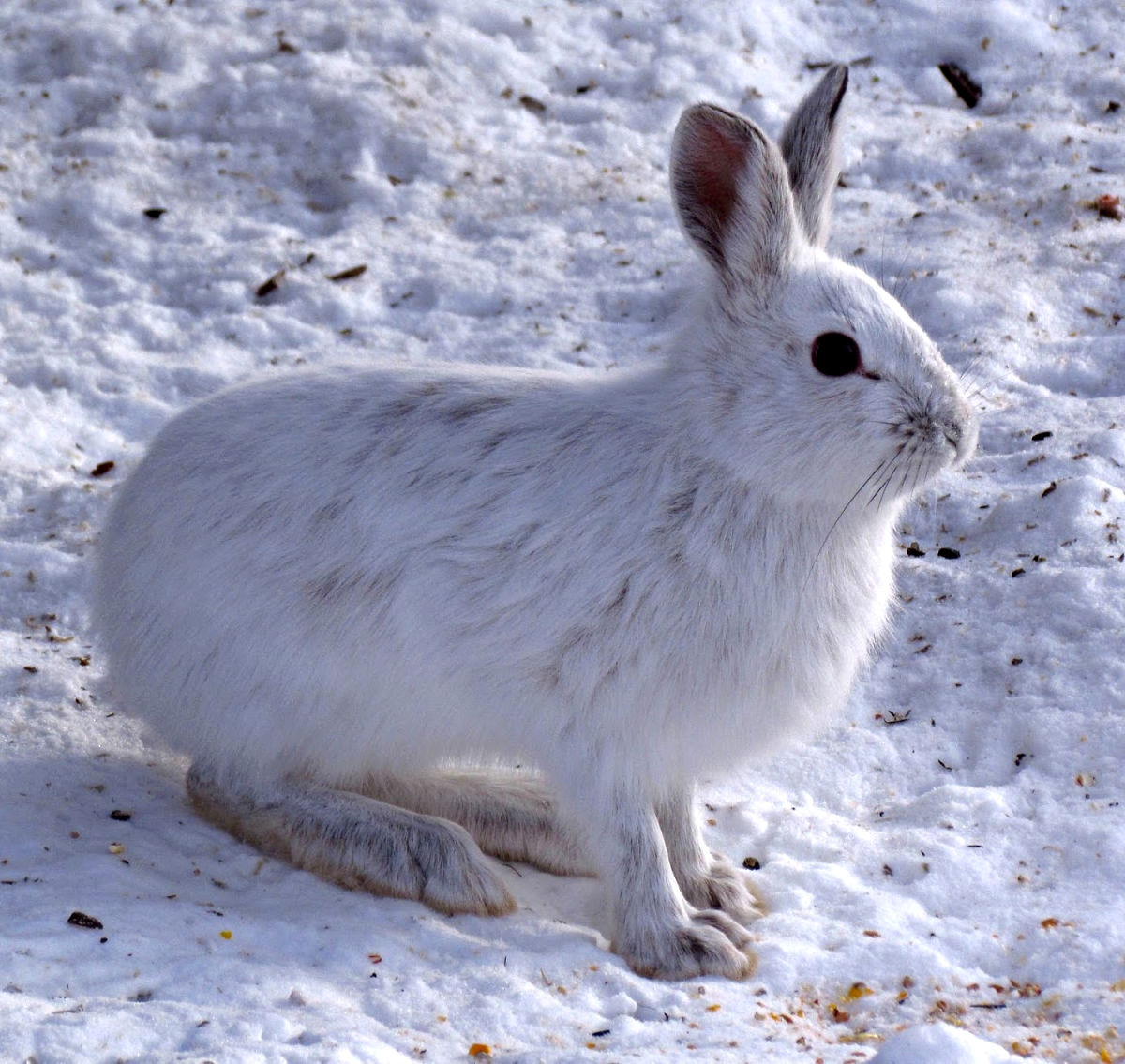 Snowshoe Hare in Winter*
Snowshoe Hare in Winter*Arctic Hare, Alaskan Hare
Two other species of hares live in the far north:
- The Arctic Hare, Lepus arcturus, lives in the frozen tundra of Canada north of Alaska
- The Alaskan Hare, Lepus othus, lives in the coastal regions of Alaska, reaching not much farther north than Nome.
These hares that live in very cold climates have much shorter ears than are typical for hares to prevent heat loss.
Additionally, their breeding season is very short, resulting in only one litter per year. In compensation, their litters are much larger than the average wild rabbit's litter.
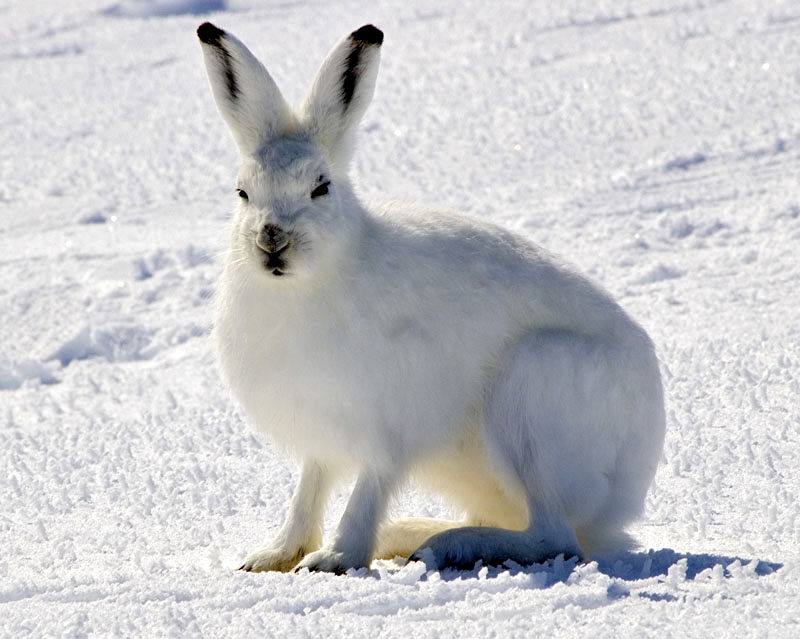 Arctic Hare*
Arctic Hare*Other Rabbit Species
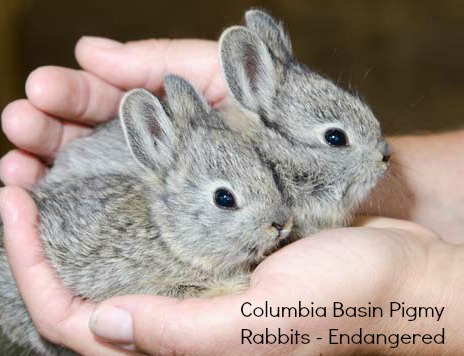 These are adult pygmy rabbits.
These are adult pygmy rabbits.Pygmy rabbits, Brachylagus idahoensis, are native to the northwestern areas of the United States. Unfortunately, this tiny rabbit breed is endangered due to expanding farmland and the destruction of their habitat. However, their species is starting to recover due to the combined efforts of biologists, zoos, and universities. For more information about pygmy rabbit re-population, visit our September 2019 newsletter.
Wild Rabbits in Europe
European Rabbits
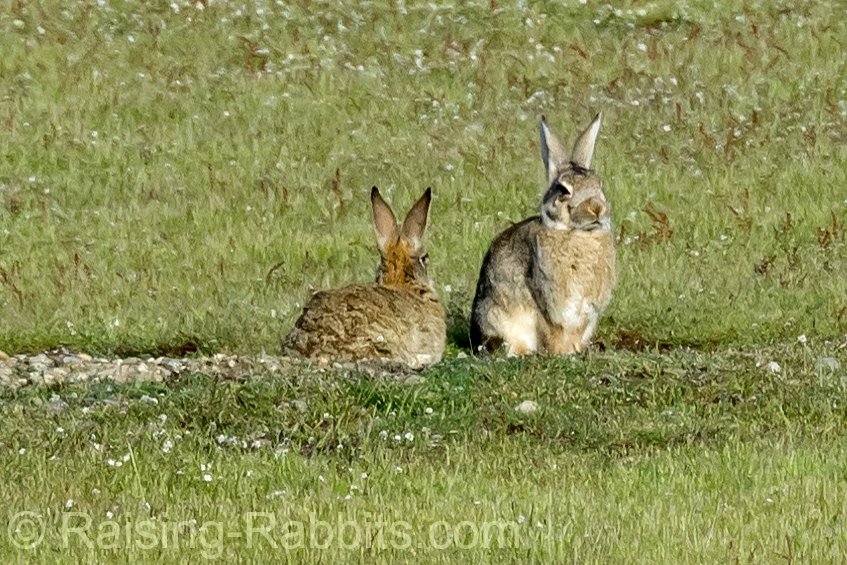
Pictured: These San Juan rabbits are identical to the wild European rabbits in Europe because they ARE wild European rabbits.
All domestic rabbits descend from the European Rabbit.
In the wild, it is brown in appearance, with a short tail, and long ears. Their lives center around eating and breeding. They graze and graze and graze, tearing up and foraging any greenery within their sight. When they are not grazing, they are breeding, producing at least 30-40 offspring per year, and teenagers can become fertile in only 3-4 months after birth.
As a result, the European Rabbit is by far the most common rabbit of all time, and overpopulates many areas. It was first domesticated in ancient Rome, and since the middle ages, has been spread all over the Earth. In places such as Australia, the European Rabbit runs rampant, invading and devastating the ecosystem. Although ironically, its population is declining in its native lands.
Wild Rabbits in Asia
Amami Rabbits
Amami rabbits, Pentalagus furnessi, are ancestors of ancient rabbits that used to live on the mainland of Asia. They are a highly endangered species and reside in only two small islands of Japan; Toku-no-Shima, and Amami Oshima, where it derives its name. Their depleting population has been caused by deforestation and trapping They are dark brown in appearance with very short ears and feet, but large bodies.
Sumatran Striped Rabbit
The Sumatran Striped Rabbit, Nesolagus netscheri, is a highly endangered rabbit that is native only in the Barisan Mountains of Sumatra, Indonesia.
Photo was snapped by trail cam in 1997. (Photo credit: Cryptomundo.com)
It has very distinctive features, such as short round ears, a tan body and black stripes. Its population numbers are unknown, but deforestation may play a role in threatening its survival as a species.
Annamite Striped Rabbit
The Annamite Striped Rabbit, Nesolagus timminsi, is closely related to the Sumatran Striped Rabbit, though genetic testing reveals it is a separate species. It looks quite similar to the Sumatran Striped Rabbit, though Its striping pattern is slightly different. This newly discovered rabbit lives in Laos and Vietnam. Population numbers are unknown.
Wild Rabbits and Hares in Africa
African Hare
African hares, Lepus victoriae, can be found throughout the grasslands and wooded savannas of Africa. This habitat is found in at least 35 African countries. They have adapted to living among many predators, are nocturnal and rely on camouflage and speed - up to 43 mph - to escape predators.
Because they are hares, their It is born covered in fur with its eyes open, enabling them to survive harsh surroundings from birth.
Cape Hare
The Cape Hare, Lepus capensis, lives in the most extreme habitat: the Sahara Desert.
In order to compensate for the lack of food, the Cape Hare eats its own cecotropes to secure additional nutrients in its diet, a practice called coprophagy. While all rabbit species practice coprophagy, it is especially important for the survival of the Cape Hare.
The Cape hare is the fastest rabbit on Earth; the only predator able to keep up with it being the cheetah.
Riverine Rabbit
The Riverine Rabbit, Bunolagus monticularis, is seriously endangered, with only a total of 1,500 left on earth. It resides only in the south of the Karoo Desert in Southern Africa. It strongly prefers a specific diet of flowering plants that grow in the region. A contributing factor to the rarity of this species is their low breeding rate. Females typically produce only one kit per year.
Wild Rabbits in South America
Tapeti Rabbit
The Tapeti rabbit, Sylvilagus brasiliensis, is a subspecies of cottontail that lives in northern Argentina, southern Mexico, Central America, and large swaths of Brazil. It is a medium-sized, brown rabbit with a short, dark tail. The Tapeti not endangered. It is nocturnal and resides in swampy or forested areas near rivers.
Volcano Rabbit
The Volcano Rabbit, Romerolagus diazi, is a very small endangered rabbit that was originally native to 4 volcanos in Mexico south of Mexico City. As the second smallest rabbit species, at their largest they weigh only 1.3 lb or less. Most Volcano Rabbits live at higher altitudes in open pine or alder forests or grasslands. Nutritional shortfalls, specifically of protein, are thought to be a significant factor in the decline of the Volcano Rabbit population.
South American Cottontail
There is one cottontail rabbit subspecies in Suriname, South America, that scientists have determined is actually different enough from most cottontails to be considered its own species. This determination was made in 2017. Other than these unspecified changes, the South American Cottontail is your typical cottontail. It can run up to 18 miles per hour, and hides in bushes and shrubs rather than burrowing. They are nocturnal, feeding on vegetation at night.
Wild Rabbits in Australia
Australian Rabbits Are Actually Feral European Rabbits
The European Rabbit has taken up an unwelcome residence in Australia. Ever since the early 1800's when English landowners unwittingly released rabbits into the wild in order to hunt them for meat, the European Rabbit, Oryctolagus cuniculus, has been multiplying non-stop.
"Pest," and "invasive" are understatements when it comes to rabbits in Australia. With no natural predators down under, they have been multiplying exponentially for 150 years. These rabbits consume vegetation nonstop, and destroy crops and fields intended for cattle grazing, resulting in financial losses in the millions of dollars. The over-foraging also affects the other species around them, as they eat most of the resources that other species need to survive.
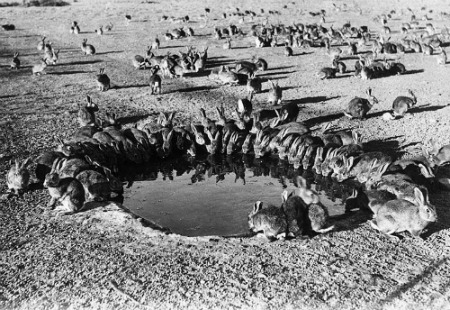 Feral European Rabbits in Australia in the mid-1930's.
Feral European Rabbits in Australia in the mid-1930's.As the feral rabbit population topped 400 million, the rabbit disease known as myxomatosis was released into the environment, with excellent results. Possibly 99% of feral Australian rabbits died. But that other 1%? They already had, or developed thanks to excellent immune systems, natural immunity to the disease, and went right on about their business of multiplying.
So they tried another round of biological warfare against feral rabbits, the lethal viral disease known as rabbit hemorrhagic disease, or calicivirus. The results were identical. A very small population survived, and these immune rabbits are now multiplying at the same (exponential) rate as before.
It is estimated today that over 100 million feral rabbits still plague the Australian countryside, and the count continues to rise. Scientists are still trying to figure out what to do about these rabbits.
Below: There is an expansive colony of feral European Rabbits on San Juan Island in Washington State. The difference between San Juan Island and Australia is the presence of predator foxes on San Juan Island which keep the rabbit population under control.
There is a Moral to the Story of Australian Rabbits
Releasing non-native species into the environment can have unintended and very unwanted consequences!
Regardless of where you live, dear reader, please do not release your unwanted pet rabbit(s) into the wild!
Photo Credits:
*Antelope Jackrabbit:
Luxil [CC BY-SA 3.0 (https://creativecommons.org/licenses/by-sa/3.0)]
*Black-tailed Jackrabbit:
Jessie Eastland [CC BY-SA 4.0 (https://creativecommons.org/licenses/by-sa/4.0)]
*Snowshoe Hare in Summer Coat:
ALAN SCHMIERER [CC0]
*Arctic Hare in winter coat:
Steve Sayles [CC BY-SA 2.0 (https://creativecommons.org/licenses/by-sa/2.0)]
References:
North American Hares: https://www.wideopenspaces.com/hop-getting-know-rabbits-hares-north-america/
South American Cottontails: https://phys.org/news/2017-05-species-south-american-rabbit.html
European Rabbits: http://www.tsusinvasives.org/home/database/oryctolagus-cuniculus
African Hare: https://www.awf.org/wildlife-conservation/african-hare
The rest: Wikipedia.com
Double-Value Guarantee
Our policy is to always OVER-deliver
on value,
which is why your purchase is fully covered by our
Double-Value
Guarantee.
Go ahead - take any of our e-books for a test drive. Peruse our detailed informational and educational e-books. Examine our plans for building rabbit cages, runs, or metal or PVC hutch frames. Check out the Rabbit Husbandry info e-books.
If you aren't completely satisfied that your e-book purchase is worth at least double, triple or even quadruple the price you paid, just drop us a note within 45 days, and we'll refund you the entire cost. That's our Double-Value Guarantee.
Note: When you purchase your
e-books, they will be in PDF format, so you can download them to any device that
supports PDF format. We advise making a back-up copy to a drive or cloud
account. If the books are lost, you can also purchase another copy from Raising-Rabbits.
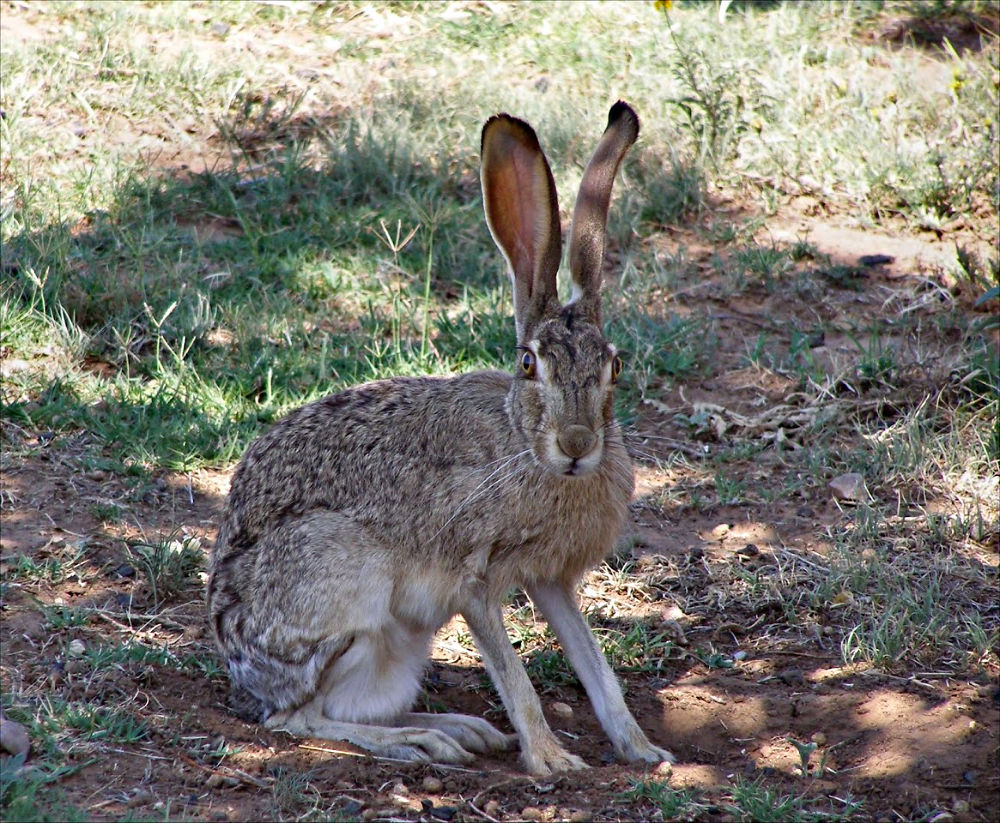
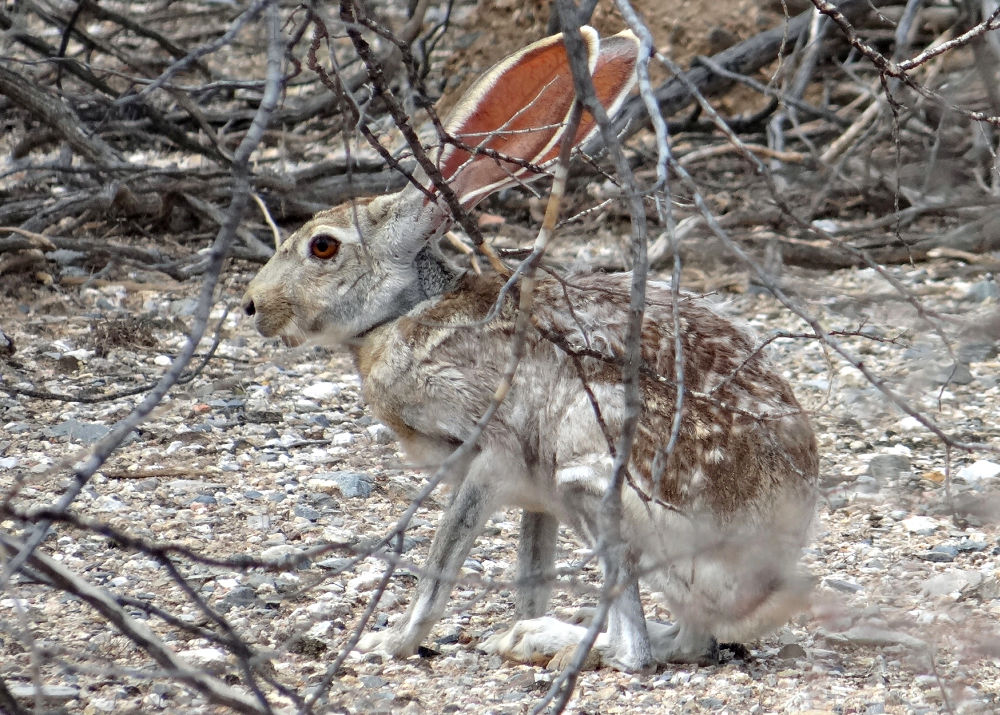
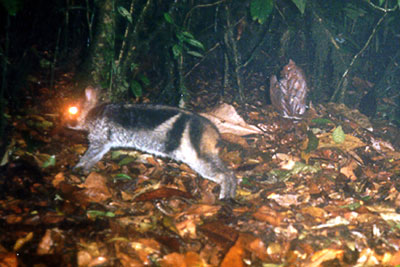
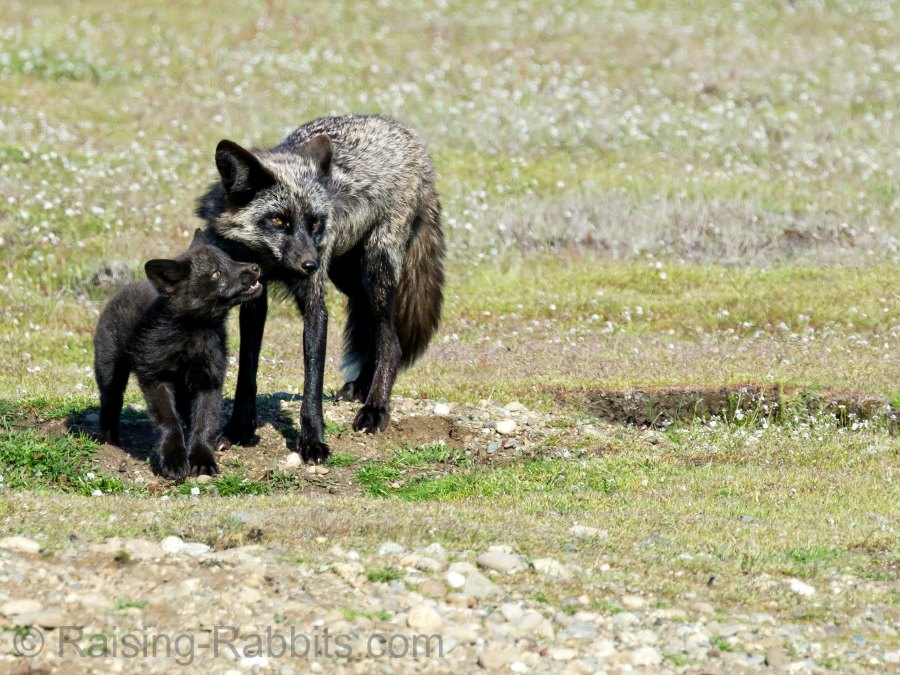
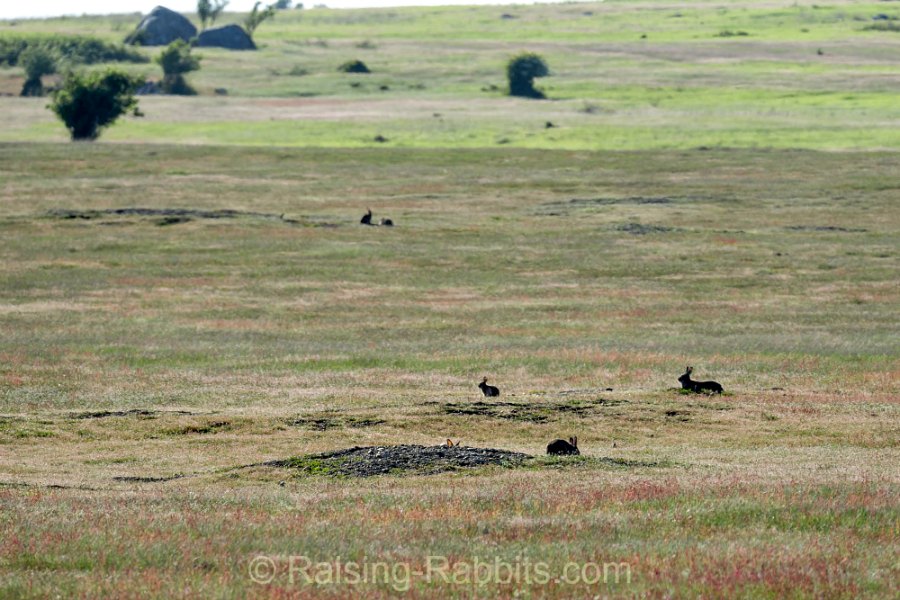










New! Comments
Have your say about what you just read! Leave me a comment in the box below.